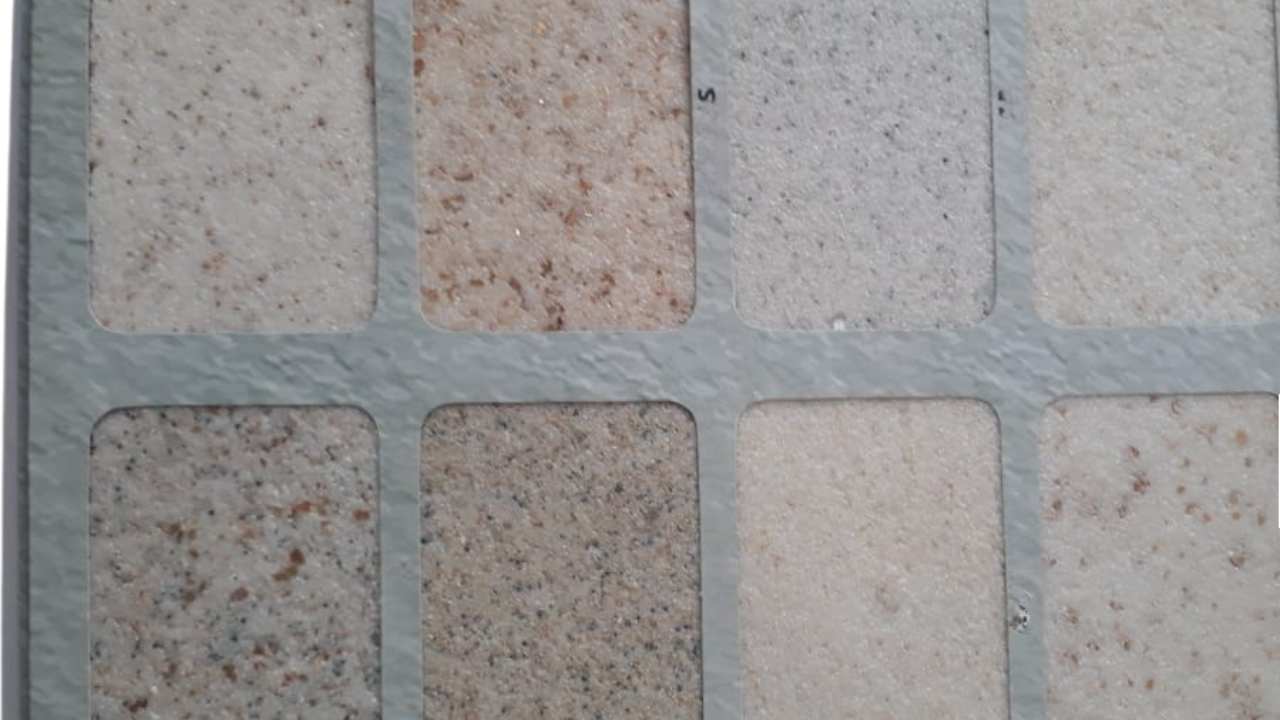Stone paint, a revolutionary coating material, is transforming both interior and exterior surfaces with its unique blend of aesthetics, durability, and versatility. As homeowners and designers alike search for sustainable, long-lasting, and visually appealing finishes, stone paint offers the perfect solution. This article explores the features, benefits, and applications of stone paint, highlighting why it has become a popular choice in modern home and commercial projects.
What is Stone Paint?
Stone paint is a type of paint designed to mimic the appearance of natural stone. It is composed of natural minerals, resins, and pigments that create a textured finish, giving surfaces a rugged yet refined look. Available in a variety of colors and textures, stone paint is known for its ability to replicate the beauty of materials like granite, marble, and limestone at a fraction of the cost.
Key Benefits of Stone Paint
1. Durability
One of the most significant advantages of stone paint is its durability. It is highly resistant to environmental factors such as moisture, UV rays, and temperature fluctuations, making it ideal for both indoor and outdoor use. The robust nature of stone paint ensures that surfaces maintain their appearance for years without fading or peeling.
2. Aesthetic Appeal
Stone paint adds a sophisticated, natural look to walls, ceilings, and facades. Whether you’re aiming for a rustic, modern, or traditional design, the varied textures and finishes of stone paint can enhance the overall aesthetic of your space. Its ability to imitate high-end materials like marble or granite allows homeowners to achieve a luxurious appearance without the hefty price tag.
3. Cost-Effective Solution
Compared to natural stone cladding or tiles, stone paint is a far more affordable option. It eliminates the need for expensive materials and labor while delivering a high-end finish. This cost-efficiency makes it an attractive choice for homeowners and commercial property developers looking for premium results on a budget.
4. Low Maintenance
Stone paint requires minimal maintenance. Its resistance to water, mold, and mildew ensures that surfaces remain clean and vibrant over time. Occasional washing is enough to keep the paint looking fresh, making it an excellent choice for busy homeowners or businesses.
5. Versatility
Stone paint can be applied to a wide range of surfaces, including concrete, plaster, wood, and drywall. This versatility allows it to be used in various areas, from residential homes to commercial buildings. It works well on both smooth and textured surfaces, providing design flexibility to meet different project requirements.
Applications of Stone Paint
1. Exterior Facades
Stone paint is widely used for exterior facades, giving buildings a striking, natural appearance that enhances curb appeal. Its weather-resistant properties ensure that it stands up to the elements, making it an excellent choice for harsh climates.
2. Interior Accent Walls
For interior spaces, stone paint can be used to create feature walls that become the focal point of a room. Whether applied in living rooms, bedrooms, or offices, the textured finish adds depth and character, making the space feel more dynamic.
3. Commercial Spaces
In commercial settings such as hotels, restaurants, and retail stores, stone paint offers an elegant solution for creating a polished, upscale environment. Its durability makes it a practical option for high-traffic areas, ensuring that the surfaces remain pristine even with regular use.
4. Outdoor Spaces
Stone paint is also popular for outdoor spaces, such as patios, garden walls, and outdoor kitchens. Its ability to withstand moisture and temperature changes makes it ideal for these areas, where durability is as important as aesthetics.
How to Apply Stone Paint
While stone paint can be applied by DIY enthusiasts, it is recommended to hire a professional for the best results. The process typically involves surface preparation, applying a base coat, and then layering the stone paint to achieve the desired texture. Professional painters have the expertise and tools needed to ensure a smooth, even finish, maximizing the longevity and appearance of the paint.
Tips for Choosing the Right Stone Paint
1. Color Selection
Consider the overall color scheme of your space when selecting stone paint. Neutral shades like beige, grey, and white are versatile and can complement a variety of interior and exterior designs. Bolder colors can be used for accent walls to create a dramatic effect.
2. Texture Options
Different textures of stone paint are available, ranging from fine to coarse. Choose a texture that aligns with the look you want to achieve. Coarser textures tend to create a more rugged, natural look, while finer textures provide a smoother, more polished finish.
3. Quality Matters
Investing in high-quality stone paint is essential for achieving long-lasting results. Look for reputable brands that use premium materials to ensure that the paint adheres well and maintains its appearance over time.
Conclusion
Stone paint offers an innovative solution for transforming surfaces with a timeless, natural look. Its durability, aesthetic appeal, and cost-effectiveness make it a top choice for homeowners, designers, and builders seeking a versatile, low-maintenance finish. Whether used indoors or outdoors, stone paint can elevate the design of any space, providing a high-end look without the high-end cost. If you’re looking to enhance the beauty and longevity of your surfaces, stone paint is a smart and stylish investment.




